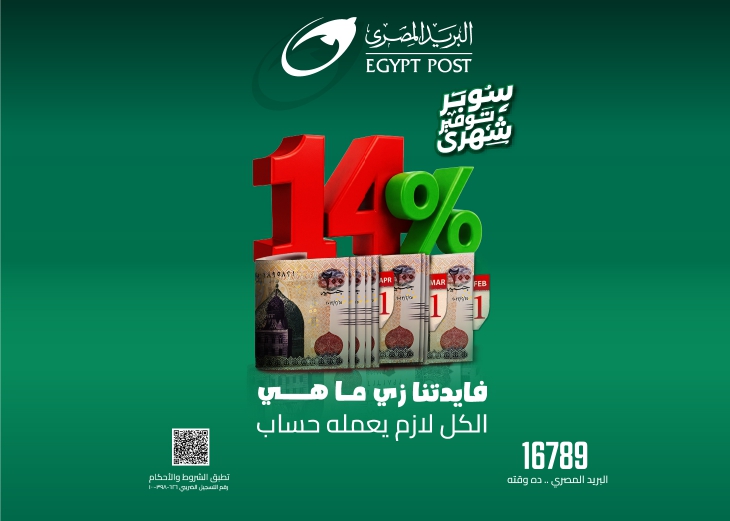Implementing micro-influencer campaigns for niche audiences requires more than just identifying popular accounts; it demands a precise, data-informed process to match micro-influencers with specific campaign objectives. This article provides a comprehensive, actionable guide to leveraging advanced tools, structured evaluation criteria, and case-driven methodologies to optimize your micro-influencer selection process, transforming it into a strategic advantage.
1. Establishing a Data-Driven Framework for Micro-Influencer Matching
The cornerstone of effective micro-influencer selection lies in a structured, data-driven framework that aligns influencer attributes with precise campaign goals. This approach minimizes subjective biases and enhances the likelihood of authentic engagement with niche audiences.
a) Define Quantitative and Qualitative Campaign Goals
- Quantitative goals: Sales conversions, click-through rates (CTR), engagement rates, follower growth.
- Qualitative goals: Brand perception, message resonance, community trust, content authenticity.
Explicitly articulating these goals allows for the development of specific metrics and criteria to evaluate influencer fit, setting the stage for data-driven matching.
b) Curate a Niche Audience Profile With Precise Demographics and Interests
Create detailed audience personas based on:
- Demographic data: age, gender, location, income level.
- Interests & behaviors: hobbies, purchasing habits, online activity, values.
- Community affinity: participation in niche forums, groups, or events.
Use tools like Google Analytics, Facebook Audience Insights, or Reddit Data Explorer to validate and refine these profiles with real data.
c) Develop a Scoring Model for Influencer Relevance and Authenticity
| Criteria | Description | Scoring Range (0-10) |
|---|---|---|
| Audience Match | Alignment with niche demographics and interests | 0-10 |
| Engagement Authenticity | Quality and genuineness of interactions | 0-10 |
| Content Consistency | Frequency and alignment of niche topics | 0-10 |
| Follower Quality | Growth patterns, follower authenticity | 0-10 |
| Previous Campaign Performance | Past engagement metrics and brand collaborations | 0-10 |
Aggregate these scores to create a composite relevance index, prioritizing influencers with the highest relevance and authenticity metrics.
d) Case Study: Selecting Micro-Influencers for a Sustainable Living Campaign
Suppose your campaign aims to promote eco-friendly products within a community of urban millennials interested in sustainability. You start by:
- Using Brandwatch and BuzzSumo to identify influencers discussing sustainability topics.
- Applying your relevance scoring model to evaluate their followers’ demographic match (urban millennials aged 25-35), engagement authenticity, and content focus.
- Cross-referencing their audience demographics with your niche profile, filtering for high scores in audience match and content relevance.
- Reviewing their past collaborations for genuine engagement and alignment with eco-conscious messaging.
This structured, data-driven process ensures you select micro-influencers whose audiences are primed for your message, reducing wasted effort and increasing campaign ROI.
2. Practical Implementation: Advanced Tools and Techniques for Matching
Beyond manual vetting, leveraging specialized platforms accelerates and refines your influencer matching process. Here are essential tools and practical steps:
a) Using Influencer Marketing Platforms for Data Aggregation
- Upfluence: Offers advanced filters based on niche keywords, audience demographics, engagement metrics, and authenticity scores derived from AI analysis.
- Heepsy: Provides real-time follower growth data, engagement rate filters, and niche-specific keyword searches.
- NinjaOutreach: Combines outreach automation with detailed influencer profiles, including content analysis and audience insights.
b) Data Enrichment and Validation Tactics
- Cross-verify influencer data with independent social listening tools like Brandwatch or Meltwater to confirm audience sentiments and authenticity.
- Use FollowerCheck or FakeCheck extensions to identify fake followers and engagement anomalies.
- Apply sentiment analysis to evaluate the consistency of influencer content with campaign values.
c) Automating the Matching Process with Custom Scripts
For large-scale campaigns, develop Python scripts utilizing APIs from influencer platforms to automate the data extraction and scoring process. For example:
import requests
# Example pseudo-code for fetching influencer data
response = requests.get('API_ENDPOINT', headers={'Authorization': 'Bearer YOUR_TOKEN'})
data = response.json()
# Define scoring function based on criteria
def score_influencer(influencer):
relevance_score = 0
# Evaluate audience match
if influencer['demographics'].matches_target_age_group:
relevance_score += 3
# Evaluate engagement authenticity
if influencer['engagement_rate'] > 3.0:
relevance_score += 2
# Evaluate content alignment
if 'sustainability' in influencer['top_topics']:
relevance_score += 3
return relevance_score
# Apply scoring
scored_influencers = sorted(data['influencers'], key=score_influencer, reverse=True)
This automation reduces manual effort, ensures consistency, and allows dynamic updating as new data becomes available.
3. Troubleshooting and Common Pitfalls in Data-Driven Matching
Despite robust tools, pitfalls such as data inaccuracies, fake followers, and misaligned audience interests still occur. Here are expert tips to troubleshoot:
- Fake followers: Regularly cross-validate follower counts with engagement quality metrics. Use dedicated tools like FakeCheck to identify suspicious activity.
- Audience mismatch: Confirm audience demographics with multiple data sources, including direct surveys or niche forums.
- Content dissonance: Review recent posts for thematic consistency. Disqualify influencers whose recent content diverges from your niche.
- Platform biases: Remember that engagement metrics vary across platforms; interpret data within context.
Incorporate continuous monitoring and adjust your scoring model periodically to reflect evolving influencer trends and audience behaviors.
4. Integrating the Data-Driven Process into Broader Campaign Strategy
The complexity of matching micro-influencers with niche goals is amplified when integrated into larger marketing strategies. Key steps include:
- Align data outputs with overall KPIs: Use your relevance scores and audience insights to inform creative briefs and content guidelines.
- Coordinate with cross-channel efforts: Synchronize influencer messaging with paid ads, email marketing, and product launches.
- Establish feedback loops: Use campaign performance data to refine your scoring models and influencer selection process for future initiatives.
This systematic, data-informed approach ensures your micro-influencer campaigns contribute meaningfully to broader business objectives, maximizing ROI and strategic coherence.
Final note: Building on foundational strategies
For a comprehensive understanding of strategic integration and foundational principles, refer to the related content at {tier1_anchor}. This ensures your niche-focused influencer marketing is supported by solid, scalable strategies.
الرابط المختصر: https://propertypluseg.com/?p=156412























